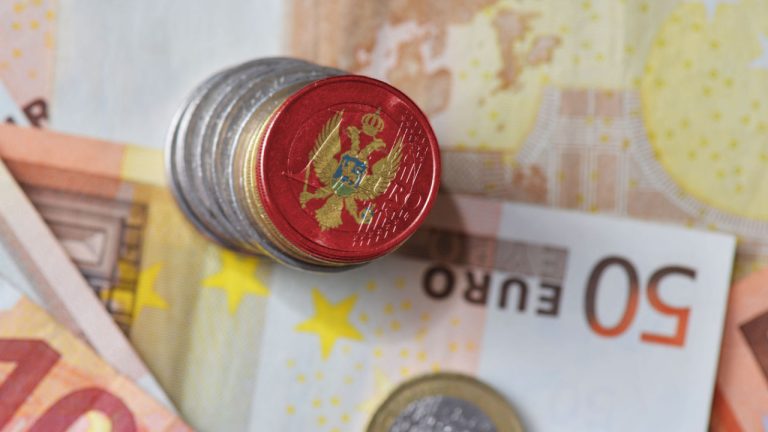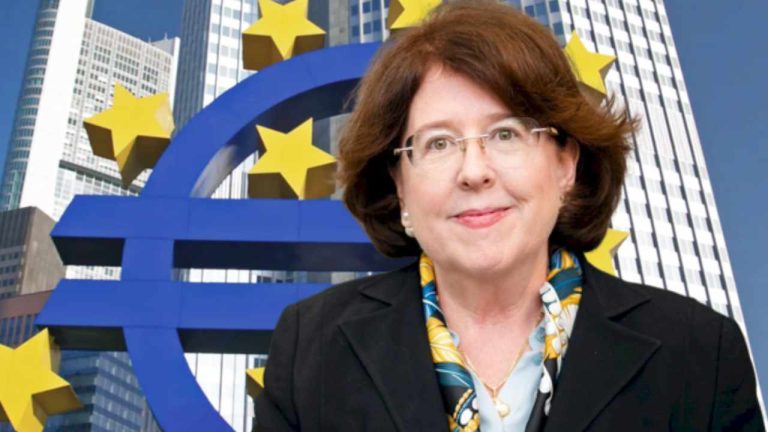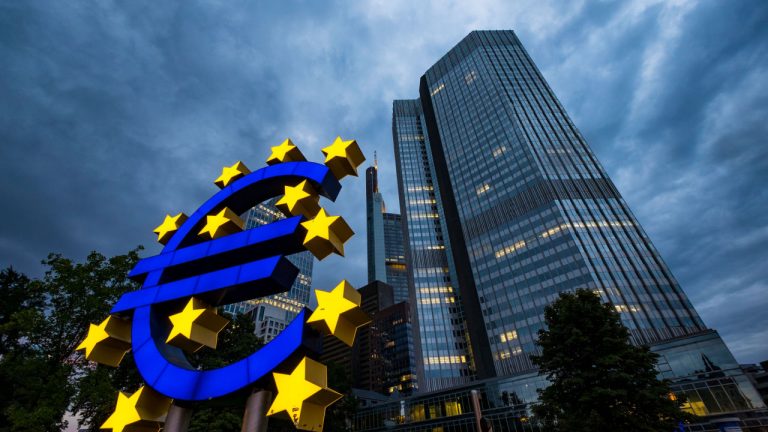
The digital euro, if it is created, will be available to Eurozone users first through familiar onboarding procedures.
The European Central Bank (ECB) released its third progress report on digital euro design on April 24. This time the bank looked at access and distribution options that have been endorsed by the ECB’s Governing Council.
Convenience is clearly a priority for access to the potential digital euro. Digital euro users would be onboarded by payment service providers (PSPs) following their established procedures, such as Know Your Customer verification. Initially, euro area residents, merchants and governments would be onboarded, with consumers in the European Economic Area and selected third countries following in later releases. Services would be available through the PSP’s app or an app provided by Eurosystem.
In-store sales could be carried out with a QR code or touchless technology. Online payments and offline “functionalities” would also be possible, and PSPs would be able to offer optional and value-added services, such as split or recurring payments. Cross-border functionalities could be added after the digital euro’s launch in the euro zone, the report said.
Related: European Parliament report recommends researching, but not launching, digital euro
Conditional payments “that are instructed automatically when pre-defined conditions are met” would be possible, but they would not be programmable money “being used only to buy specific types of goods and/or services, or to buy them only within a certain period/geography,” which has already been excluded from consideration.
The ECB also released a report on a focus group survey of digital wallet features conducted by consultants Kantar Public. It found budget management tools and peer-to-peer, offline and QR code payments were well received. Study participants raised privacy issues, however.
Europeans see the ability to pay anywhere as the most important feature of a potential digital euro, says Executive Board member Fabio Panetta. People should always have the option to use it, just like they do with cash today.
— European Central Bank (@ecb) April 24, 2023
Speech https://t.co/XXZ3YMnQAu
1/3 pic.twitter.com/gPLmD46MNZ
ECB executive board member Fabio Panetta appeared before the European Parliament Committee on Economic and Monetary Affairs on April 24. “We will take all the necessary measures to ensure that the digital euro would act as a true public good,” he told the committee. He added:
“People would have no obligation to use the digital euro. But they should always have the option to use it. […] So, it would be more beneficial and convenient for all users if merchants that accept digital payments were obliged to accept the digital euro as legal tender.”
The Eurosystem, which consists of the ECB and Eurozone national banks, is still conducting its own study of digital euro distribution. The European Commission plans to propose a regulation to establish a digital euro in the second quarter of this year.









